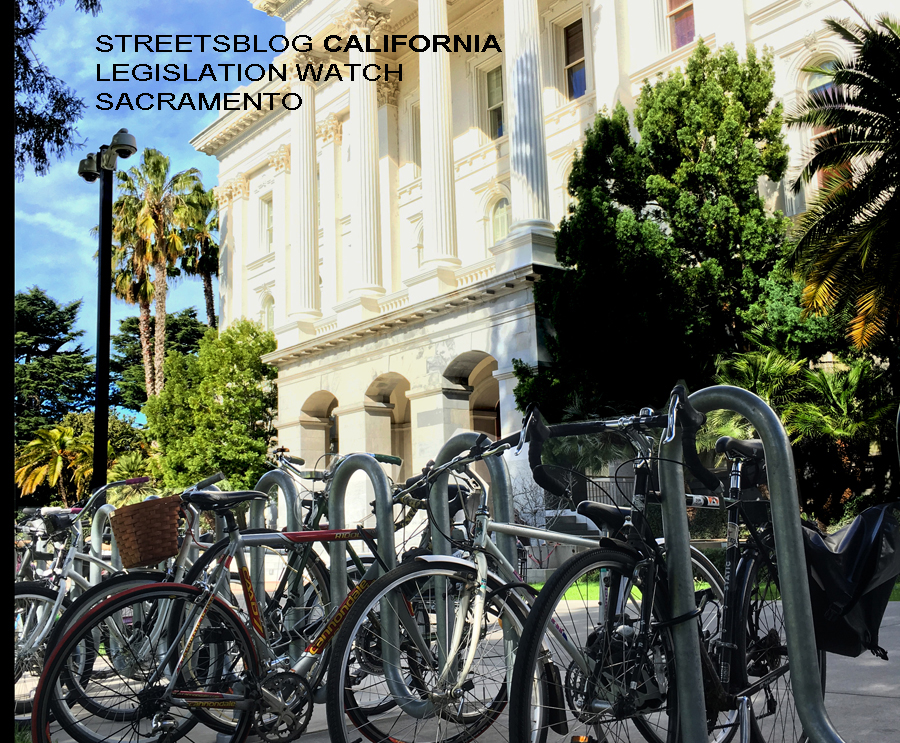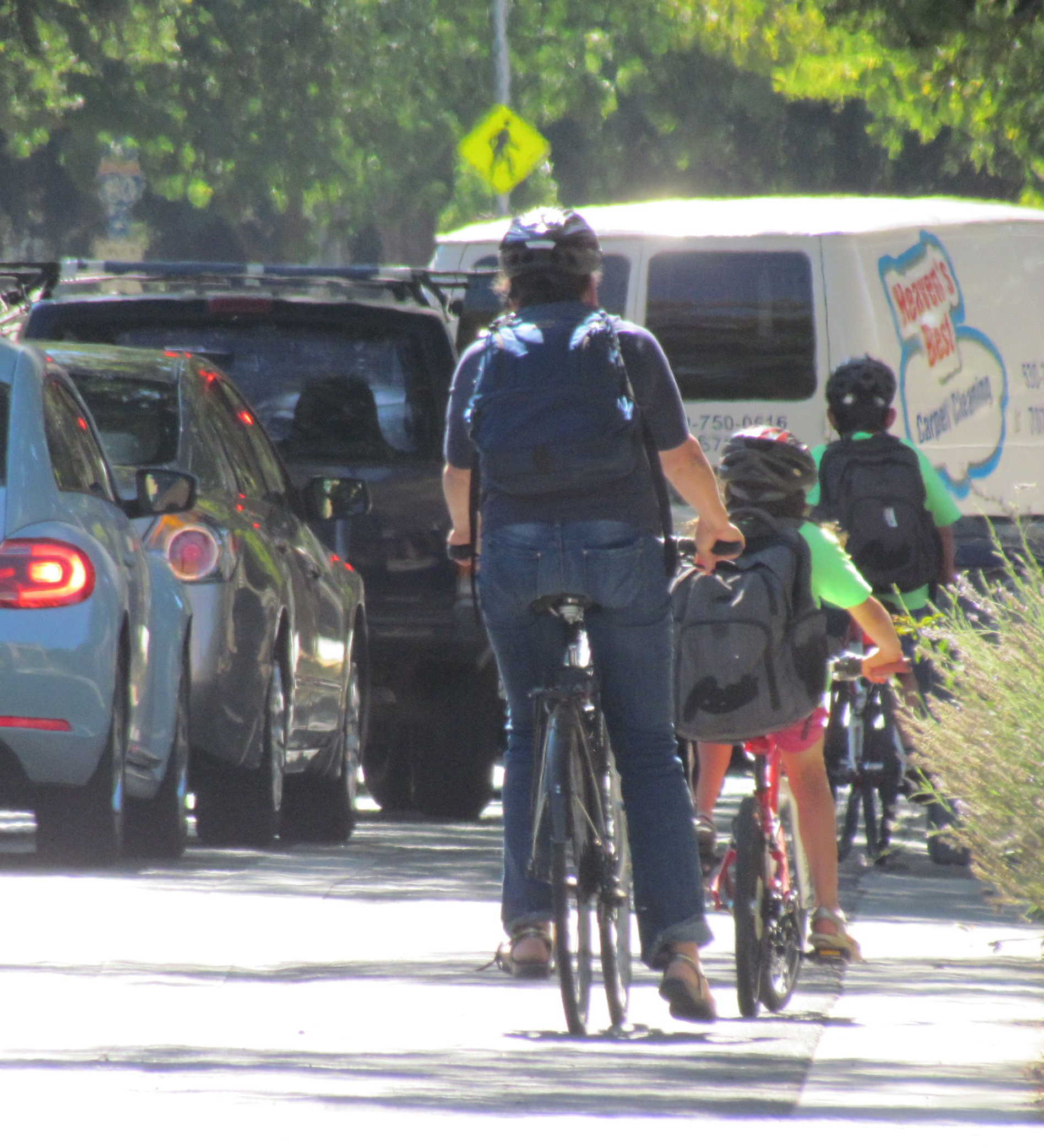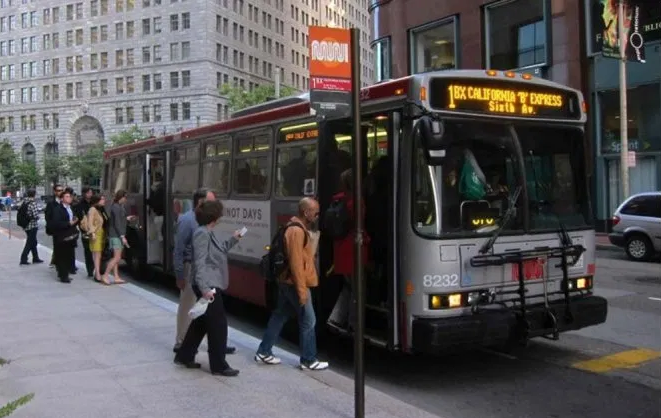Note: GJEL Accident Attorneys regularly sponsors coverage on Streetsblog San Francisco and Streetsblog California. Unless noted in the story, GJEL Accident Attorneys is not consulted for the content or editorial direction of the sponsored content.
What could have been a paradigm-shifting Complete Streets bill has been reduced to a shadow of itself.
As originally written, S.B. 760, from Senator Scott Wiener (D-San Francisco), would have required Caltrans to consider all users of its streets and roads when building, maintaining, or rehabilitating those facilities—and the bill had some teeth. It would have required the creation of a public process to determine local needs on the state highways that cut through cities—many of which are main streets in cities and towns. It would have required state highway funding programs to consider all users of a facility, not just car drivers. It would have required bike and pedestrian infrastructure to be included in all projects funded by the State Highway Operation and Protection Program. And it made crystal clear, in statute, that cities and counties have full authority to include bike and pedestrian infrastructure in street designs within their jurisdictions, even when they are part of the state highway system.
It would also have required state highway projects to clearly break out the costs of bike and pedestrian facilities, and report on the conditions of those facilities as part of their performance measuring systems.
But because supporters of S.B. 1, the new gas tax, seem to perceive any attempt to discuss changes to Caltrans as endangering the solidarity that must be maintained against S.B. 1's threatened repeal, almost all of this was removed from the bill before it was voted on in the Senate Transportation and Housing Committee yesterday. The only section to survive is a requirement that Caltrans officially adopt the National Association of City Transportation Officials' (NACTO) Urban Street Design Guide into the California Highway Design Manual (HDM).
This is not absolutely nothing, but it's a big disappointment. Adopting NACTO into the HDM is a great idea, but Caltrans already endorsed the NACTO guide several years ago, which gave its engineers, and city planners and engineers who rely on Caltrans guidance, permission to apply the NACTO principles in projects. On top of that, Caltrans is already required by S.B. 1 to incorporate Complete Streets concepts into the Highway Design Manual—by January 1 of this year—although the wording of what that means is vague.
The really infuriating thing is that nothing in the original bill contradicts what Caltrans leadership has already said it is doing, or planning to do. It would just have forced the department to take specific actions sooner than later, putting a priority on safety and health for every road user, not just drivers.
“Caltrans spends billions every year on road maintenance and rehab,” said Senator Weiner at the hearing, “but doesn't add bike lanes or facilities to improve conditions for other users. Caltrans is not where it needs to be—not everyone drives a car, but everyone has a right to a street that is usable for them.”
Because so much work had gone into negotiations over how to spend the money from S.B. 1, Senator Weiner told the committee, he held off on pushing this bill last summer. He didn't want to undermine efforts to pass S.B. 1, and since then, he added, “We have worked hard not to impact S.B. 1's goals.”
Nevertheless, he made these amendments, he said, because of “the magnitude of S.B. 1, and the importance of its success.” He reassured committee members that S.B 760 “will not in any way change or impact S.B. 1 projects or Caltrans funding priorities.”
It's hard to see a good bill reduced to so little because of concerns that have almost nothing to do with its substance. But the Fix Our Roads Coalition—a powerful coalition that helped get the gas tax passed—was adamantly opposed.
“We are disappointed that most of the provisions have been cut,” said CalBike representative Linda Khamoushian at the hearing. “However, adopting the NACTO guidelines is an important first step.”
Later, she added, "We know Californians want safe, accessible streets for biking and walking, and our growing grassroots effort will overcome this setback as we continue to bring accountability measures to the agency."
At the hearing, Khamoushian pointed out that over seventy percent of the state highway system is local roads—not freeways. These are the roads that are not getting the bicycle and pedestrian facilities they need, for the people who use them, because Caltrans still prioritizes car throughput over everything else. This is especially true on the district level, where local planners work with Caltrans engineers on street designs, and district engineers have been slow to accept outside guidance—even from Caltrans top brass.
Let's hope this bill comes back again next year.





